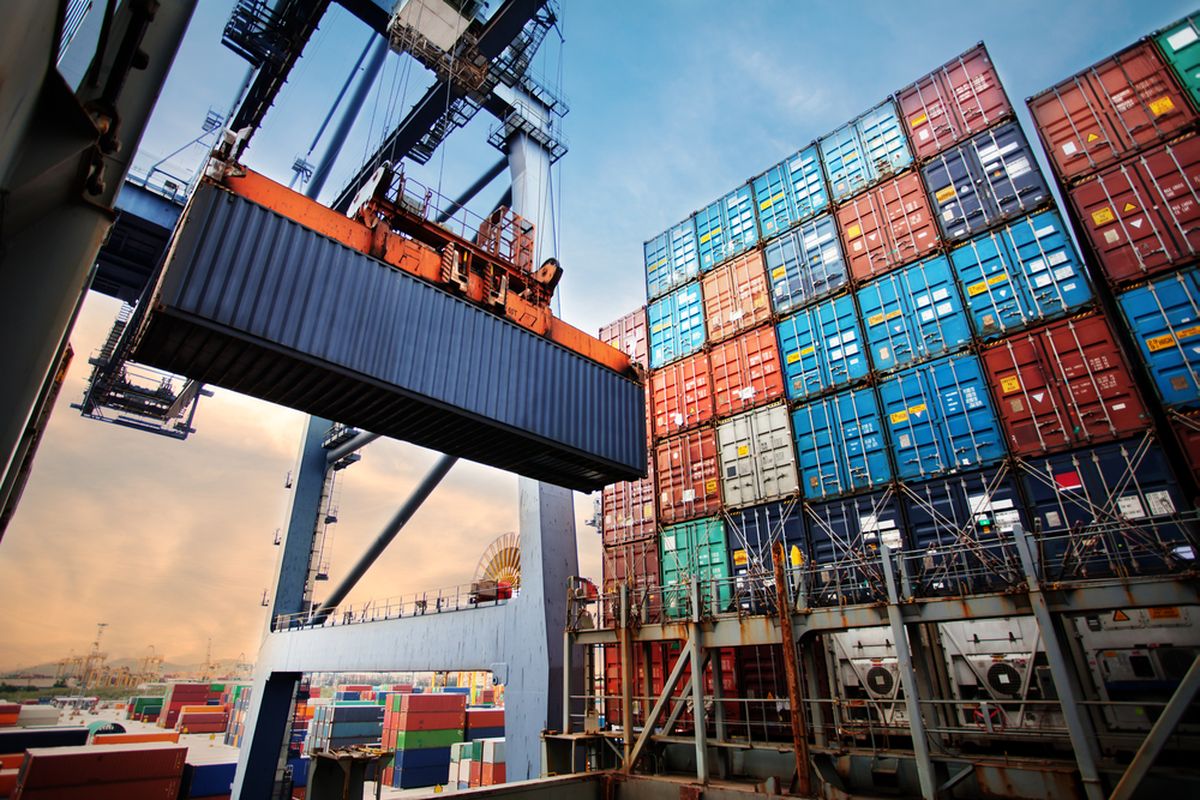The U.S. government’s decision to impose a 32% reciprocal import tariff on Indonesian goods poses a serious threat to Indonesia’s export-oriented industries, many of which rely heavily on the American market.
U.S. President Donald Trump introduced these steep tariffs in response to what he described as unfair trade practices by Indonesia. A White House report highlighted that U.S. ethanol faces a 30% import duty in Indonesia, compared to just 2.5% for Indonesian goods entering the U.S. The Trump administration also criticized Indonesia’s local content requirement policies across several sectors.
Additionally, the U.S. pointed out the complexity of Indonesia’s import permit process, which often involves multiple government agencies despite being regulated under the Ministry of Trade. The U.S. also emphasized Indonesia’s growing trade surplus, which reached US$19.3 billion in 2024, up from US$14.01 billion in the previous year.
Here are the top Indonesian industries most impacted by Trump’s tariffs, according to Bisnis.com:
- Apparel Industry (HS Code 61-62)
It could lead to an export decline or even a complete halt, as production costs are already high. With the added 32% U.S. import tariff, it becomes too burdensome for businesses as quoted by Bisnis.com.
The textile and textile products (TPT) sector fears domestic markets will be flooded with cheap imports, especially from China, which has already strained local producers.
The government must act quickly to protect this sector, especially small and medium enterprises (SMEs). Otherwise, unemployment will rise sharply, with significant social consequences.
- Footwear Industry (HS Code 64)
The United States is Indonesia’s largest footwear export destination, with consistent growth between 2020 and 2022.
The Indonesian Footwear Association (Aprisindo) urges the government to expedite the Indonesia-EU Comprehensive Economic Partnership Agreement (IEU-CEPA) to mitigate the impact of Trump’s trade policy.
Aprisindo Chairman Eddy Widjanarko noted that the agreement would provide Indonesia access to alternative markets and lower import duties for footwear products in 27 European countries.
- Rubber Industry (HS Code 40)
Rubber exports to the U.S. reached US$1.63 billion in 2023, increasing to US$1.68 billion in 2024.
According to Gapkindo (Indonesian Rubber Association) North Sumatra, the U.S. is the second-largest export destination for natural rubber from the region after Japan, with a market share of 20.11% in 2024. The new tariffs could significantly impact this sector’s performance.
- Electrical Equipment Industry (HS Code 85)
In recent years, Indonesian manufacturers have expanded exports of electrical equipment to the U.S., including power transformers, distribution transformers, medium and low voltage panels, and electric meters.
Yohanes P. Widjaja, Chairman of the Electrical Equipment Producers Association (APPI), stated:
“The domestic market is large and has strong purchasing power, making it a crucial secondary market. Therefore, our industry must seek protection from the government in light of the new U.S. trade barriers.”
- Furniture Industry (HS Code 94)
“The U.S. is currently the largest export market for Indonesian furniture. Of the total US$2.2 billion in exports, about 60% go to the United States,” said Dedy, Chairman of the Indonesian Furniture and Craft Association (Asmindo).
Statistics Indonesia recorded that furniture exports to the U.S. reached US$1.79 billion in 2021, up from US$1.28 billion in 2020, before dropping slightly in 2022 due to declining global demand. With the Trump administration’s policy, the national furniture industry faces serious risks to its survival.
ASEAN’s Collective Response to Trump Tariffs
In response to the tariffs, Malaysia, as the current ASEAN Chair, plans to convene a regional meeting to develop a unified trade and economic strategy.
“We are indeed affected. Although our tariffs are high, they are still lower than some neighboring countries. That’s why we decided to consult with our ASEAN partners,” said Malaysian Prime Minister Anwar Ibrahim on April 4, 2025, as quoted by Indonesia Business Post.
Indonesia’s Foreign Ministry confirmed preparations are underway to respond to the U.S. policy.
“Indonesia will send a high-level delegation to Washington, D.C. for direct negotiations with the U.S. government,” the ministry stated.
A regional summit is expected within weeks, where ASEAN leaders will consider diplomatic approaches to the U.S., enhance intra-ASEAN trade, and present a united front in global platforms like the WTO.
Anwar added during the ASEAN Investment Conference 2025 in Kuala Lumpur:
“There may be limited space to reverse the core policy, but there’s still room to negotiate its implementation,” (Straits Times, April 8, 2025).
U.S. Tariffs by Country (as of April 2025) – Source: ASEANBriefing.com
- Cambodia: 49%
- Laos: 48%
- Vietnam: 46%
- Myanmar: 44%
- Thailand: 36%
- Indonesia: 32%
- Malaysia: 24%
- Brunei: 24%
- Philippines: 17%
- Singapore: 10% (standard rate)
Countries like Cambodia and Vietnam face the steepest tariffs, while Singapore and the Philippines are relatively insulated due to their diversified economies and lower dependence on U.S. exports.
ASEAN Responses: Diplomacy Over Retaliation
ASEAN member states have so far emphasized diplomacy over retaliation:
- Indonesia: Prioritizing negotiations with a senior trade delegation to Washington.
- Vietnam: Sending special envoys and considering adjustments to its U.S. tariffs.
- Thailand & Myanmar: Conducting internal reviews and opening dialogue channels.
- Malaysia: Coordinating regional efforts in its role as ASEAN Chair.
- Brunei & Laos: Engaging diplomatically while assessing potential impacts.
- Singapore & Philippines: Monitoring the situation and preparing domestic support policies.
Toward a Unified ASEAN Trade Strategy
While ASEAN traditionally favors consensus and non-confrontation, Trump’s tariff policy reveals the urgency for a more agile, coordinated trade response. A united ASEAN approach could:
- Strengthen bargaining power in bilateral and multilateral negotiations.
- Boost intra-ASEAN trade to reduce dependency on U.S. markets.
- Accelerate regional integration through RCEP and the ASEAN Economic Community (AEC).
- Support vulnerable economies like Cambodia, Laos, and Myanmar with joint assistance and supply chain diversification.
Source: bisnis.com, indonesiabusinesspost.com, aseanbriefing.com, straitstimes.com
Photo Credit: Shutterstock


